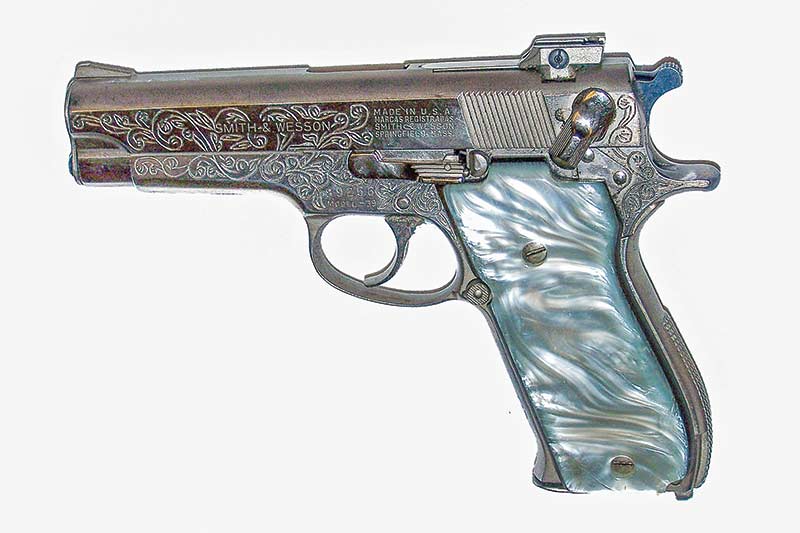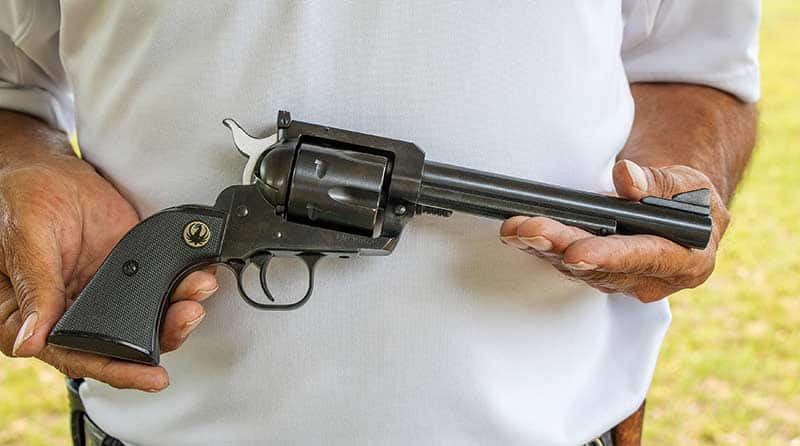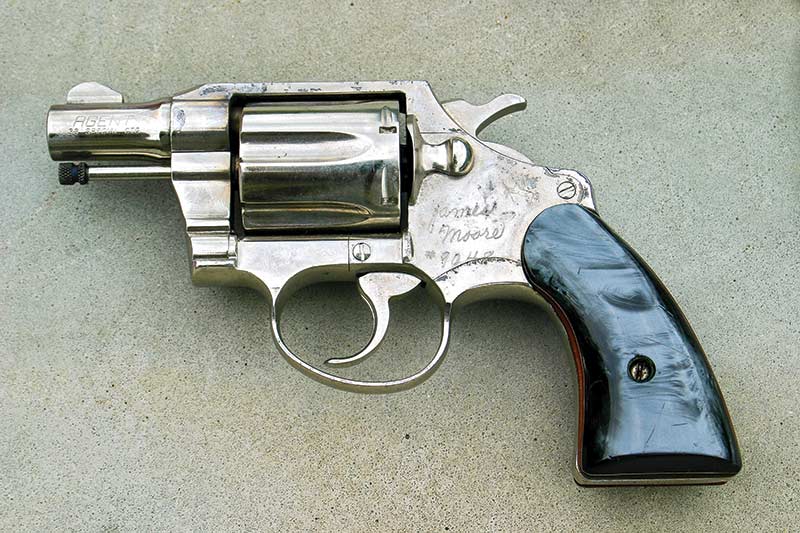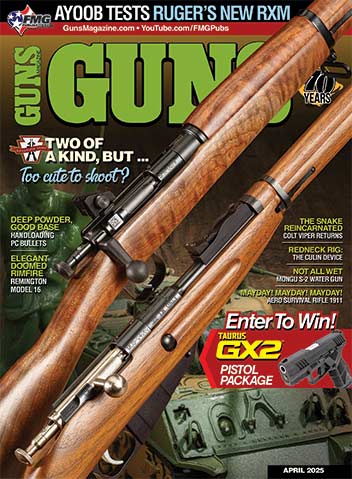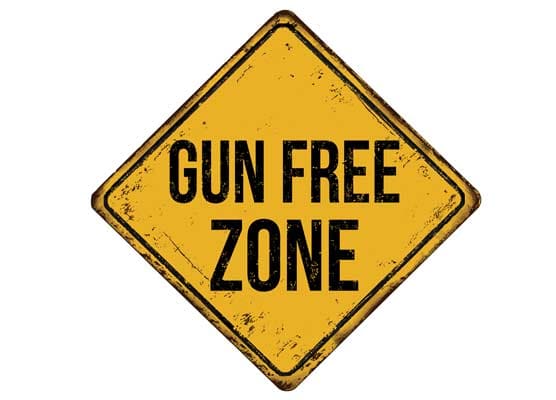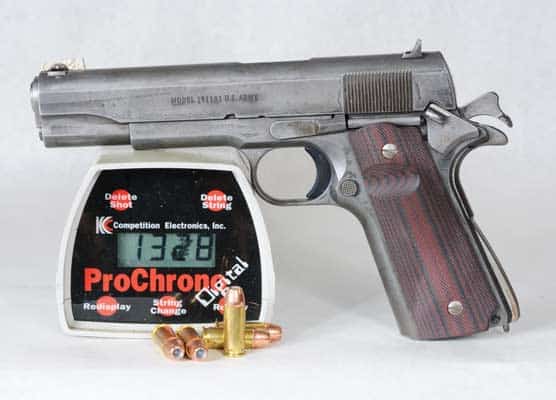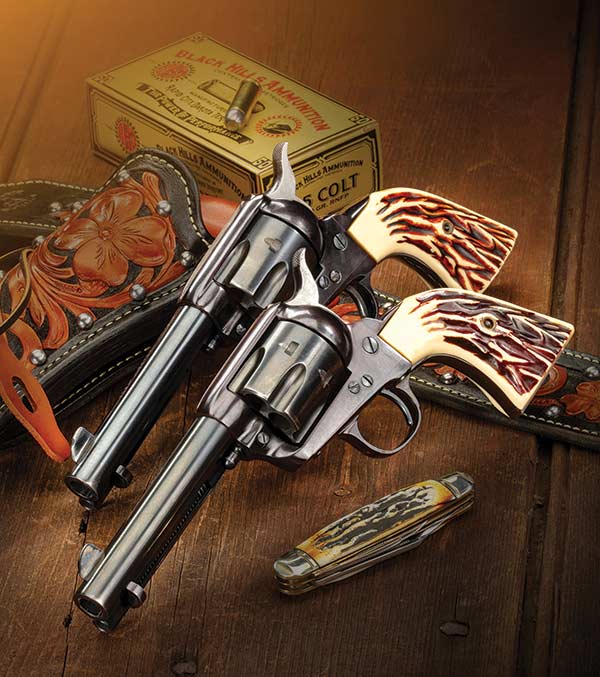The “New” Handguns of 1955
A banner year for shooters
My friend John Taffin told you in these pages a while ago, and I’m telling you again now, 1955 — the year GUNS Magazine literally created the market for newsstand gun magazines — was also a year in which the handgun industry brought forth more new models to reshape the market than any other year in modern history. Of the many guns to come out that year, we’ll touch on the high points and the ones that lasted.
The most influential might not be the one you’d think — I’d give my vote for the Smith & Wesson Model 39 9mm, which hit the “civilian” market in 1955 after the U.S. military showed no interest in it. It didn’t just recoup S&W’s losses in R&D, it set the stage for the much later sea-change from the standard American police service revolver for the duty auto pistol. This transformation would start a dozen years later with the slowly trend-setting adoption of the M39 by the Illinois State Police.
Except for the military, ex-GIs who chose to defend themselves with the 1911 pistol they’d fought with and bullseye pistol competitors who need a .45 for matches, the revolver was the dominant handgun in America.
The .357 Magnum Advances
Smith & Wesson versus Colt was one of the great “brand wars” going back to mid-19th Century. In 1935, S&W had introduced the .357 Magnum on the big .45-size platform later known as N-Frame and Colt had chambered their even bigger New Service revolver for it. Though NY State Troopers and Canadian Mounties had carried the New Service in large-bore calibers and departments from NH State Police to Kansas City PD had adopted the big S&W .357, they were widely considered too hefty for most cops to pack all day.
1955 saw Colt introduce the Python .357 Magnum. Built on a “.41 frame,” it had a vented barrel rib with a full-length underlug. This reflected what the custom gunsmith market had been doing to their hugely popular Officer’s Model .38 Special target revolver and the Python was chambered almost as an afterthought in .357 Magnum.
It had the company’s top-line, super-polished Royal Blue finish and in its early days, the action was hand-honed by the company’s best in-house gunsmiths. At the then-princely price of $125, it became known as “the Cadillac of revolvers” and remained so for decades before it became too expensive to manufacture at an affordable price. 2020 would see a revised design that remains popular today.
The same year saw S&W CEO Doug Hellstrom listen to Border Patrol revolver master Bill Jordan — later a GUNS contributor — and take the .38 K-Frame revolver and chamber it in .357 thanks to modern metallurgy, creating the .357 Combat Magnum. It would become the Model 19 in blue and nickel and later the Model 66 in stainless. Jordan called the .357 Combat Magnum “The answer to a peace officer’s dream.”
Let’s not forget the 1955 Target .45 ACP revolver by S&W, updated from the 1950 model with a heavier barrel and reportedly, different rifling. This was thanks to input from Jim Clark, Sr. who won a national championship shooting a Smith .45 sixgun against the tuned 1911 autos.
On the sporting side of the handgun house, Bill Ruger had been experiencing great sales success with his Single-Six, a .22 revolver styled after the old Colt “Peacemaker.” The Single-Six had triggered buyer interest with the 1950s’ surge in cowboy movies and TV shows. Using coil springs and adding adjustable sights, he resurrected the Peacemaker as the Blackhawk .357 Magnum, which over succeeding decades would spawn a line of Ruger single actions in many calibers and configurations. Great Western was making clones of the Peacemaker (including a .357 chambering), which appeared on the cover of GUNS’ first issue. Meanwhile, Colt was gearing up to reproduce the originals for 1956.
Concealed Carry
In 1955, no American manufacturer was making pocket-size semi-autos and the “snub-nose .38 Special” revolver absolutely ruled the concealed carry roost for permit holders and cops who wanted discreetly-sized concealed carry guns and off-duty weapons. Colt had locked up that market from their Detective Special hitting gun shop shelves in 1927 until 1950 when S&W introduced the first J-Frame, the Chief Special. It was a five-shot .38 Special on a lengthened .32 frame.
In 1950, Colt introduced a bolt-on hammer shroud, which kept the hammer spur from snagging on pocket or coat when drawn, but still left a stub of a hammer exposed in case the user wanted to thumb-cock for a precise single-action shot. Then in 1955, S&W introduced a Chief Special with a built-in hammer shroud, the original Bodyguard — not to be confused with later Smiths with the same name but much different designs.
Colt’s riposte? Having conceived the Detective Special in 1926 then trumping S&W in 1950 with the first aluminum frame revolver (the Cobra, which Smith had to counter with their Airweight series), Colt noticed that S&W’s Chief was outselling their product with its shorter, more concealable round butt. Colt’s answer was the 1955 Agent, a Cobra with a much shortened grip. A bit of a see-saw, there …
Yes, 1955 was a banner year for American handgun design. And, given this is GUNS Magazine after all, let’s not forget a big stripe in that banner was George von Rosen publishing the first ever newsstand gun magazine — the 70-year-old descendant of which you are reading at this moment.
Get more revolver content every week!
Sign up to receive the Wheelgun Wednesday newsletter.
By submitting this form, you are consenting to receive marketing emails from: . You can revoke your consent to receive emails at any time by using the SafeUnsubscribe® link, found at the bottom of every email. Emails are serviced by Constant Contact
